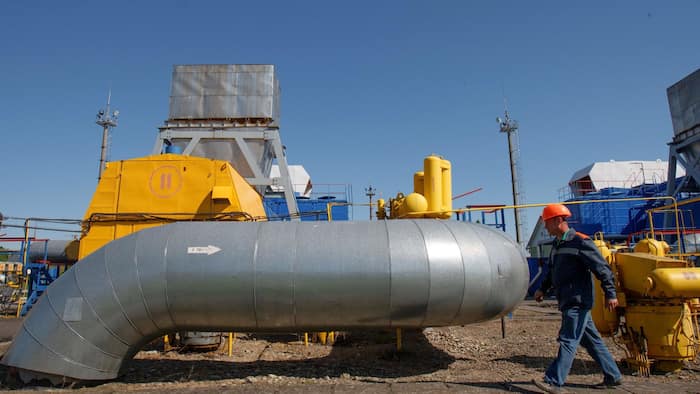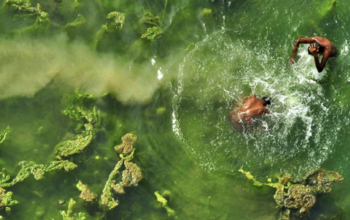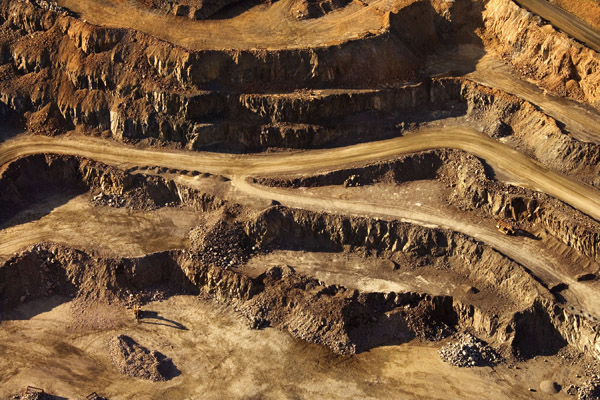John Robert (The Atlantic Council)
The situation regarding natural gas in Europe is going through hard times. On the one hand, there are still prospects for low prices thanks to the competition among suppliers from Russia, Norway and the United States, but, on the other hand, it is important to constantly think about improving and securing infrastructure so that Europe can benefit from this competition as much as possible. The EU should focus on linking the North and the South between the Polish terminal in Swinoujscie and the Croatian terminal in Omišalji in the Adriatic Sea.
Linking the South and the North would help foster competition in Europe and protect Member States against the shortage of gas in case that either Russia or Norway stopped delivering supplies. This would prevent further problems that could be similar to the situation when Russia stopped sending gas to Ukraine. Another planned project, BRUA, which will connect Bulgaria, Romania, Hungary and Austria, could help achieve this as well. Unfortunately, this plan only remains a plan. Both projects would together help secure the countries of Eastern Europe and the Balkans.
Although the European Commission understands the importance of these projects, the economic integration and liberalization of markets remain its main concerns. It wants to create as much space for the creation of a better gas infrastructure as possible, whereby effort would be facilitated particularly by a greater integration of different markets. The problem is that the interest to build a secure energy infrastructure varies from state to state. The ability and readiness of these countries to deal with a possible energy crisis varies as well.
The Czech Republic and Poland have gradually improved and secured gas supplies from other sources and both countries also benefit from regional cooperation and deeper integration with other states. In the Baltic region, there has been an improvement as well – the three Baltic republics have managed to end their isolation and energy dependence on the countries of the former USSR. The proposed projects therefore concern mainly the most vulnerable states in the South and East of the EU. Many states will not be able to influence the situation in the East very much and it is therefore questionable whether the current project has ever made sense and whether it would not be better to look for alternatives. A case in point is Hungary that, rather than being involved in this project, could use its link to neighboring Slovakia.
(The study can be downloaded here:http://www.atlanticcouncil.org/publications/reports/completing-europe-update)




